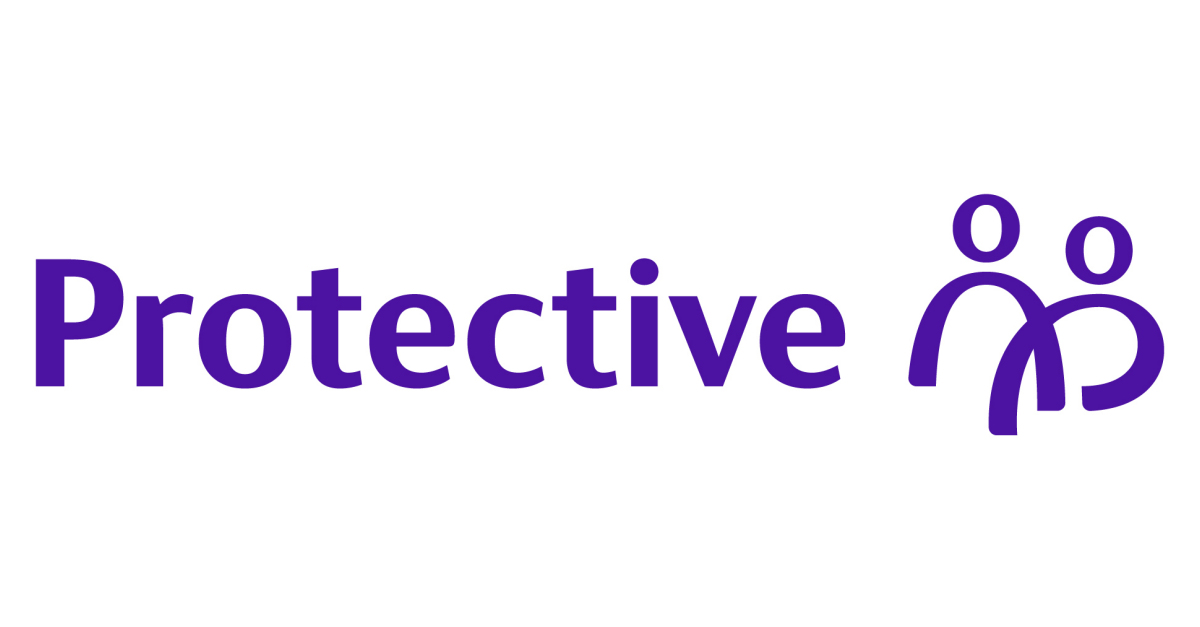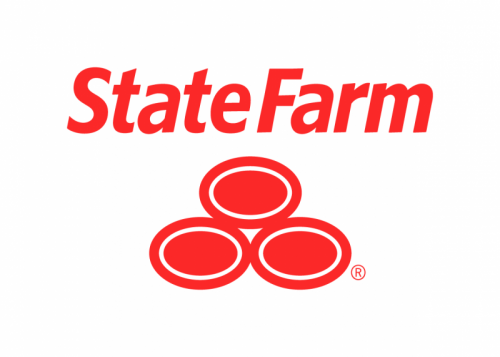Although no one likes to think about dying, buying life insurance is one of the kindest things you can do for the people you love. Leaving life insurance to the person or people you care about means they won't be on the hook financially when you're no longer around to help with bills. Here, we'll tell you about five of the best life insurance policies for young adults, outline when it's time to get life insurance, and describe the features of a great policy.

Bottom Line
Sure, it's impressive that Northwest Mutual has been selling life insurance for 165 years, but what's even more impressive is the fact that Northwestern Mutual retains 96% of its customers year over year. With competitive premiums and a network of engaged agents, Northwestern Mutual is one of the top life insurance companies in the marketplace.

Bottom Line
When it comes to financial security and long-term planning, Protective insurance offers term policies up to 40 years. The Protective Classic Choice Term life product is designed to give young families the affordability they need today with options for the future. Its term periods are 10 to 40 years with coverage amounts from $100,000 to $50,000,000. Individuals can convert their policy to a permanent policy without a medical exam if their needs change. Protective also allows its customers to add a terminal illness rider to a policy to allow for accelerated death benefits.

Bottom Line
As you probably know, State Farm offers all types of insurance, including auto, boat, ATV, motorcycle, and homeowners. That benefits you by allowing you to bundle coverage and receive a policy discount.
What you may not know is that State Farm has been in business since 1929 and offers some of the best life insurance coverage for young adults. The life insurance company routinely receives high scores for customer service and allows you to do business online or in-person.
Fun fact: Five of the life insurance policies issued in 1929 are still in force.

Bottom Line
Another old and dependable insurer is MassMutual, founded in 1851. Though it's been in business since Millard Fillmore was president, the company remains dedicated to providing its customers with options. For example, MassMutual offers more than a dozen different types of life insurance, making it easy to find one that fits your specific needs. MassMutual also has paid dividends to eligible participating policyowners every year since 1869.

Bottom Line
It's easy to think of Nationwide as a newcomer to the insurance game, but the company has been around for more than 90 years. In addition to excellent customer service and multi-policy discounts, Nationwide offers one of the most robust websites of all the insurers we researched. It's full of useful information for customers and calculators that can help potential customers figure out what they need.
Another great feature Nationwide offers is the ability to add a long-term care rider to your policy. You may not need long-term care for many decades, but tacking it on now is sure to save you money if and when you need assistance.

Bottom Line
With New York Life, no one tells you how long a term life policy you should buy. It's entirely up to you. Just want something until the kids get through school or the house is paid off? The insurance plan is yours to control. Another benefit of being covered by a company that's been selling life insurance since the year before Jesse James was born is stability. Plus, New York Life allows some term policies to be converted into whole life policies with no medical exam.
What is life insurance for young adults?
Life insurance for young adults is a policy that can help them rest easier, knowing that if they unexpectedly pass, they're leaving behind money that can take care of their beneficiaries. Whether a person has a partner and children or not, most of us leave behind financial responsibilities.
The best life insurance companies for young adults
Life insurance is only as good as the company backing it. After all, you don't want to pay years' worth of premiums to a Johnny-come-lately company that may (or may not) still be in business when you die. As we researched life insurance companies for young adults, we specifically looked for those with an excellent financial record. We wanted insurers that have stood the test of time and are likely to be around for another 100 years.
Here's what we found:
- Northwestern Mutual: A++ rating from AM Best for financial strength (the highest rating possible)
- Protective: A+ rating from AM Best for financial strength
- State Farm: A++ rating from AM Best for financial strength
- Mass Mutual: A++ rating from AM Best for financial strength
- Nationwide: A+ rating from AM Best for financial strength
- New York Life: A++ rating from AM Best for financial strength
Why should you get life insurance at a young age?
Ask anyone who bought life insurance in their 20s and then purchased more 20 years later. The fact is, the younger you are when you buy a policy, the less expensive the policy premium will be. That's because life insurance companies believe that a young adult has a long life ahead of them and that they will be paying premiums for many (many) years. The time to buy life insurance at a low price is when you're young.
Here are two more reasons why buying life insurance while you're still young makes sense:
- Snag a lower price. If you're healthy now, lock in a lower premium price before age-related issues begin to creep up.
- Protect your loved ones. If you have a partner, it's important to make sure they're okay after you're gone. And if you have any bills that someone else was kind enough to cosign, life insurance will prevent them from having to pay the debt in full. For example, if you die with credit card debt that someone cosigned, the card company will come to them for payment. Remember to make anyone who has cosigned a loan for you a beneficiary to your life insurance policy.
READ MORE: How to Buy Life Insurance: Step-by-Step Guide
Life insurance policies for young adults
There's no one-size-fits-all option in life insurance. The type of policy you purchase depends in large part on your long-term goals. One word of warning here: Never buy a policy because a very polite but slick agent talks you into it. You can be assured that the harder you're sold on an insurance product, the more commission the agent is set to earn if you make the purchase.
Take some time before signing on the dotted line. Ask yourself if it's really the right policy for you and if you're paying for options you need and want. Once you commit to a life insurance policy, it's yours for life or until the term expires.
Here's a sample of some of the options available. While it does not represent every policy option on the market, these are four of the most common:
Term life
Term life is the most affordable type of life insurance. As the name suggests, term life provides coverage for a set term. For example, a 30-year policy provides coverage for 30 years as long as premiums are paid.
Whole life
Unlike term life insurance, whole life provides coverage for your entire life, paying benefits as long as premiums are up to date. It's considered a type of "permanent insurance." One component of whole life is the savings portion. Part of each premium payment goes toward building cash value over time. This is money you can eventually borrow against, although you repay the funds with interest.
Universal life
Like whole life insurance, universal life is permanent and remains in effect as long as premium payments are made. The big difference between whole life and universal life is that universal life offers more flexibility. The policy allows you to increase or decrease your death benefit. For example, you may want one death benefit while kids are growing up and lower that benefit as they build adult lives of their own. Universal life also offers a cash component. What sets it apart from whole life is that the interest rate is not fixed and can change over time with market conditions. After years of paying into universal life, you'll eventually have enough cash put away to pay premiums.
Variable life
Another permanent insurance product is variable life. Like the others, it remains in effect as long as premiums are paid. The name "variable life" describes how the policy works. Cash value rises and falls based on specific investments you've chosen. There's the potential to earn more cash value by investing the funds, but you also run the risk of losing everything but the death value on your policy.
Note: Whole life policies cost roughly 10 times more than term life policies, a startling enough fact to give budget-minded young adults a pause.
There are lots of things we get to do as adults that are fun, some we do because we have to, and others we do because it's smart. Buying life insurance falls into that last category.
| Offer | Best For | Next Steps |
|---|---|---|

Northwestern Mutual
|
Great For: Best overall | |

Protective
|
Great For: Best for longest term policies | |

State Farm
|
Great For: Best for bundling | |

MassMutual
|
Great For: Best for number of policy options | |

Nationwide
|
Great For: Best for online education | |

New York Life
|
Great For: Best for customized policies |
FAQs
-
The "type" of policy that's best for one young adult may not be right for another. The most important factor is the financial security and dependability of the insurance company selling the policy.
-
The younger you are when you purchase a life insurance policy, the less it will cost. For example, a healthy 25-year-old woman can expect to pay around $13 per month for a 20-year, $500,000 term policy. By the time she's 45, that policy will be around $37 per month. A healthy 25-year-old man will pay around $17 per month for a 20-year, $500,000 policy. At age 45, it will be closer to $47 per month.
-
Term life is great for young adults because it allows them to buy a large amount of coverage at a low price.
-
Everyone -- including 22-year-olds -- should have enough life insurance coverage to pay off outstanding debts, cover their funeral costs, and leave something behind for the people or causes they care about.
Life Insurance Ratings Methodology
Life Insurance products are rated on a scale of one to five stars, primarily focusing on:
Customer Satisfaction
We look at overall customer sentiment from those who have direct experience with the specific life insurance company. This is compiled through researching publicly available data as well as survey data from visitors of this site.
Pricing
With so many options for life insurance across the board these days, it's easiest, and quite effective, to first look at the bottom line.
Policy Options
We look at the various options available and variety of insurance products offered that can better fit a range of consumers. The focus being on term and whole life insurance and the strength of those specific policy products.
Company Strength
We review the overall strength and health of the company as an indicator as that can highlight a stability that provides peace of mind. Company strength can include:
- Age of company
- Financial health
- Overall customer ratings
Our Insurance Expert
We're firm believers in the Golden Rule, which is why editorial opinions are ours alone and have not been previously reviewed, approved, or endorsed by included advertisers. The Ascent, a Motley Fool service, does not cover all offers on the market. The Ascent has a dedicated team of editors and analysts focused on personal finance, and they follow the same set of publishing standards and editorial integrity while maintaining professional separation from the analysts and editors on other Motley Fool brands.